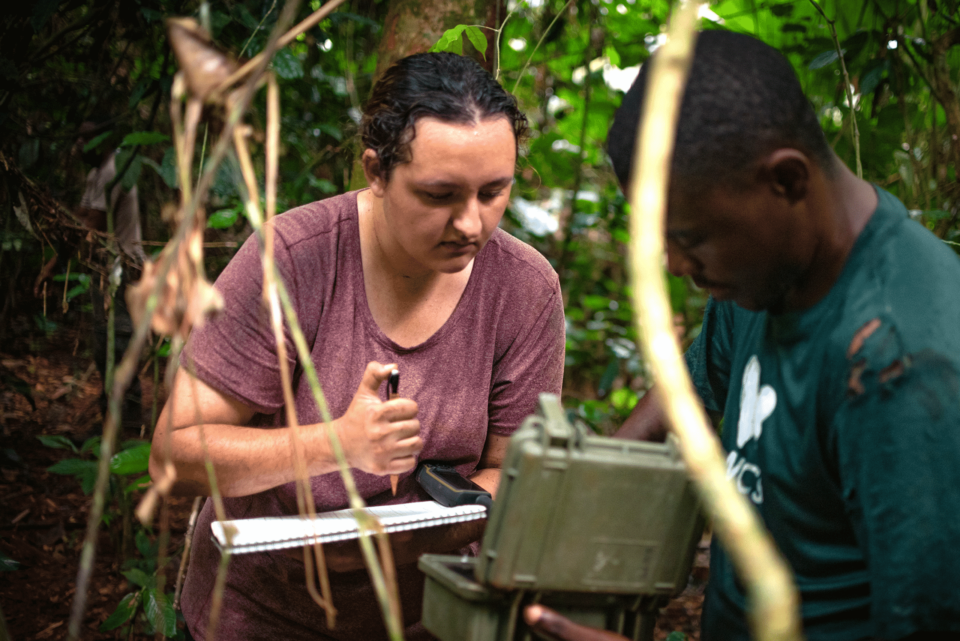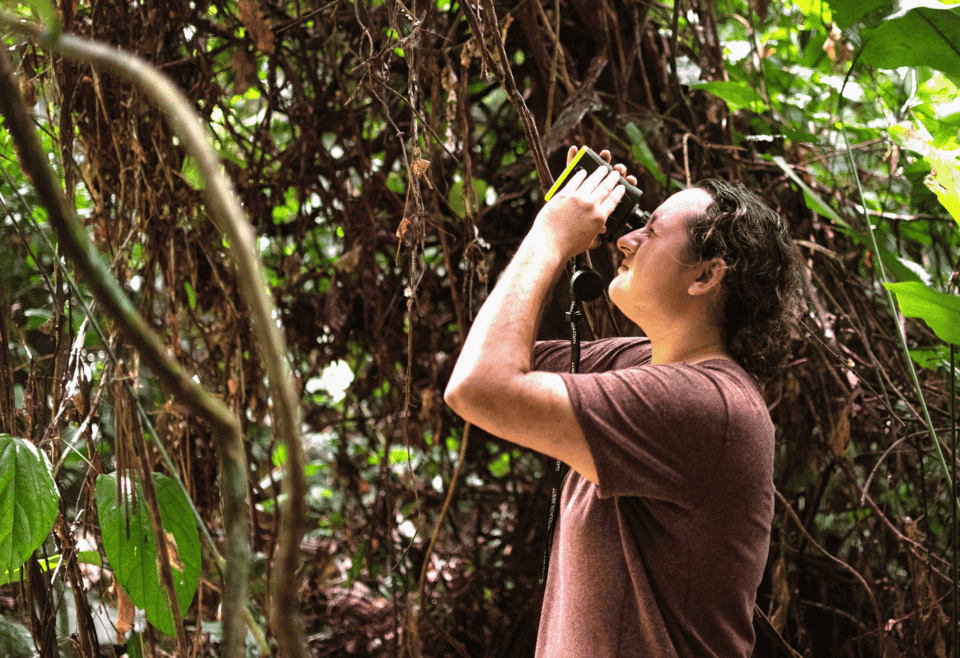The Dzanga Bai is where a team of four researchers from Cornell University’s Elephant Listening Project (ELP) initiate an interesting data collection project.
This is a mineral-rich clearing located in the southwestern part of the Central African Republic’s Dzanga-Sangha National Park.
ELP research team member Ana Verahrami shares how Laser Technology Inc.’s (LTI) TruPulse® rangefinders play a crucial role in conducting the elephant study with accuracy and precision.
In collaboration with the Wildlife Conservation Society and Andrea Turkalo, who collected nearly 30 years of demographic data on the Dzanga Bai’s regional elephant population, the Elephant Listening Project worked towards creating a classification system for vocalizations emitted by African forest elephants. This study was conducted between January and March of 2020.
The project’s progress, toward furthering knowledge on how the lovable trunk-toting herbivores communicate, was unfortunately cut short by COVID related evacuation protocols. Despite this, encouraging momentum was gained. With LTI technology in the mix, unique observational strategies helped create a foundation of new and valuable data.

Photo of acoustic sensors provided by A. Verahrami
“The Village of Elephants” is a common nickname for the Dzanga Bai itself. Hosting upwards of 100 ivory-tusked travelers is commonplace. Here, the team’s first task is to implement a perimeter of nine acoustic recorders. This perimeter creates the study’s acoustic array.
Deploying and extracting the acoustic recording units are two dangerous tasks. Verahrami mentions that some elephants, who may understandably feel threatened, occasionally charge at researchers that work at ground-level. Their buffalo comrades, who also frequent the Bai, will sometimes follow suit.
The team places all nine acoustic recorders high up in the trees, which keeps their technology safe from the heavy feet of the study’s 4,000lb-10,000lb subjects. An LTI TruPulse rangefinder captures distance and azimuth measurements between each acoustic recorder and a predetermined point within the clearing dubbed the “center origin point.” Next, the rangefinder measures height–positions for every sensor.
These steps develop a geometric map of the acoustic array.

Photo of Verahrami and a team member provided by A. Verahrami
All audio-recorders stationed within the Bai go live. Researchers use an observation platform to overlook elephant visitors and note the behaviors displayed during each vocalization. The team keeps an active count of how many elephants participate in each event while estimating ages and determining sex.
From time to time, using the 30-year demographic dataset collected by Andrea Turkalo, Verahrami and other ELP researchers are able to identify elephants by name. Similarly, researchers occasionally note ancestral ties and social relationships held between recognizable elephants.
The soundscape of the Bai is exceptionally dense. Wide varieties of insects, mammals, and other rainforest dwellers ensure that there is never a silent moment. As a result, positively identifying each specific elephant-vocalization within the busy audio-record is no easy task.
A two-pronged method conquers this challenge:

Photo of Verahrami using a TruPulse laser rangefinder provided by A. Verahrami
The estimations rely on three elements:
Meanwhile, acquiring rangefinder data only requires a few simple point-and-shoot actions. The team isolates the proper audio recordings by first comparing these two uniquely gathered sets of data. Researchers can then assign their specific observations with confidence.
This Elephant Listening Project study remains unfinished. Nonetheless, Verahrami anticipates that the results:
“not only further our scientific understanding of the vocal communication of forest elephants, but will additionally aid in their conservation.”
We look forward to keeping up with the ELP. New projects will build onto the groundwork of this bold and motivated team of analysts. It is humbling to know that our TruPulse technology plays a role in seeing their vision brought to life.
Facebook @ElephantListeningProject
Twitter @ElephantRumbles
Instagram @elephantlisteningproject
Twitter @ana_verahrami
Instagram @ana_verahrami
Contact us today for more information on LTI laser-measurement products.
Contact Us